Exploring the Heel of Italy: Puglia (Apulia)
It would seem Italy has become an annual destination for me. Last year it was Emilia-Romagna, the Food Valley of Italy. But I have always had a soft spot for the South. I spent a year living and teaching English in Calabria (the toe of the boot) and I just find the south a bit warmer in all respects, and it also is less of a draw for the massive crowds of tourists — though that is changing. My destination this year? The Heel of the Boot. Puglia (POO-li-ah) or Apulia in English. It did not disappoint.
Down to the Heel
My wife Tip and I flew direct from Chicago (ORD) to Rome (FCO), then took the Leonardo Express train to Termini Station to catch a train south to Bari. This route is being developed and will soon (soonish?) be a high-speed ride to Puglia.

Puglia has the longest coastline of all the mainland regions, with the Adriatic and Ionian Seas lapping at the shores and bringing that Mediterranean climate with them. This makes for good late- or off-season travel. We went in November. Puglia produces more wine than other regions and an abundance of the nation’s olive oil. 80% of its more than 320 square miles of vineyards produce red wines, including four distinct DOCG and 28 DOC zones. Primitivo di Manduria and Salice Salentino wines hail from here.
Long before the Romans, humans had settled the region in Neolithic times. The Greeks came in the 8th century BCE, part of “Magna Graecia,” (same as Calabria and parts of Sicily) until the Roman Empire grew and took notice. Puglia has a long, deep-seated reputation for its poverty, in part due to the book Christ Stopped at Eboli, about the author Carlo Levi’s house arrest and veritable exile for political reasons back in 1935. But for a time in the 17th and 18th centuries it was actually quite wealthy. The rise-and-fall-and-rise-again story plays out in museums, especially in Matera (which is actually just over the border from Puglia in Basilicata). Nevertheless, the food here is excellent if a little influenced by that poverty — rustic pasta and some dishes less focused on meat, let’s say.
Bari
Bari is the capital of the region, a port city with a beautiful seaside for the evening passegiatta, several historical landmarks, a couple of theatres, and a tangled web of narrow streets that make up the historical city center, Bari Vecchia. We chose an AirBNB about halfway between the train station and the old city, which was perfect for daily exploration but also quick walks to the train and buses for day trips.

The foccaccia Barese is simple and amazing, a crisp olive-oil soaked crust with crushed tomatoes on top and a few olives. Places such as Panificio Fiore and Panificio Santa Rita have lines of locals down the cobblestone street and may sell out before their closing times. Spice fans should try the spaghetti all’assassina, cooked dry first in a hot iron pan to give it a char and some crunch, with garlic, olive oil, chili pepper, and tomato sauce to finish. The fresh octopus sandwiches at Mastro Ciccio are great and Peroni is on tap.
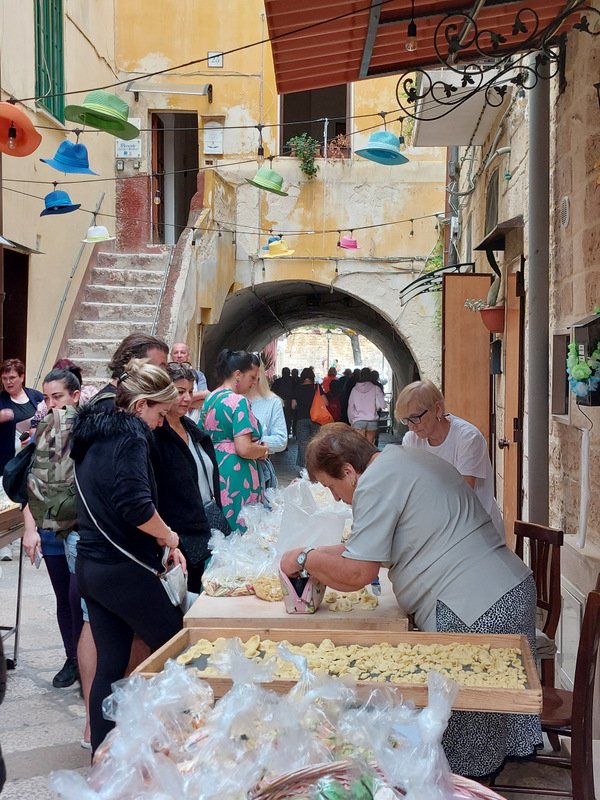
Don’t miss the Strada delle Orecchiette (the street of little-ear pasta) where the grannies (le nonne) make the traditional pasta by hand and dry it right there in the streets of Arco Alto and Arco Basso. Buy the thumbnail-sized variety – not the large, multicolored clamshell creations which are heavy (sold by the kilo) and aimed at tourists. (These are not sufficiently dried and may develop mold in a plastic bag, despite claims they’ll last a month! Ask me how I know.) We chatted with a few of the Nonnas, but got the bored stare from some of the others. Being a object to look at probably makes for some cranky grannies. We kept our photos to a minimum and of course asked before taking any. We failed to cook ours as it spoiled but we did order a plate of orecchiette con cime di rapa (pasta with broccoli rabe) at a local trattoria.
Speaking of local eateries: check out Carletto Cucina. A former restaurateur opens up his home each day for lunch and serves… whatever he is serving that day. It’s simple and delicious, as well as charming. Three or four tables in the street; local wine and fresh pasta. For our gelato fix we preferred Antica Gelateria Gentile near the castle (the same gelato in NYC traces its family roots here!)

St. Nicholas
You may have heard that the original St. Nick hailed from what is now modern Türkiye. Well, dem bones lie here in Bari. The 11th-century Basilica of Saint Nicholas in Bari is important to pilgrims both from the Roman Catholic and Orthodox traditions. Nicholas served as a bishop during the late years of the Roman Empire, and when he died his remains were kept in a church in what would become the Byzantine Empire. As the Seljuk Turks took over the region, crusaders from Bari swiped some bones and brought them to the crypt here. A portrait of St. Nicholas suggests maybe Klingons were involved. What the heck?

Alberobello
Against conventional wisdom, we went only on a day trip rather than an overnight stay in Alberobello, a UNESCO World Heritage Site. Feudalism was the rule of the land from the 1300s to 1797; literal land lords let the serfs toil in the fields and then collected from those harvests. Then the King of Naples wanted his cut. There’s always a bigger fish, eh? He taxed the landlord for the houses constructed on their land. Can’t tax what ain’t there, the lords figured, so they forced peasants not to use mortar so that the houses could be quickly taken apart before a tax collector’s visit. Insane. But these whitewashed stone houses with conical roofs like hats of stacked stones are now a tourist attraction and historical treasure. Alberobello has a great number of these so-called trulli. Travelers can stay in some of them as guesthouses, but unless you really want that experience, a couple hours here wandering through them like the set of a fairy tale may be sufficient. Get there early in the morning or fight the tour buses for a good camera angle full of… tourists. Our view on this may be tainted by not having a rental car. This agricultural region is the Valle d’Itria, known for scenic drives among the olive orchards and vineyards. In that case, a stay here might be a good idea. Remember that depending on the location of the trulli, you may need to park and roll luggage a long way down cobblestone lanes.

Lecce
Lecce is The Florence of the South, a Baroque city in the Salento area (the spike of the Heel). It took us 2 hours by train to get here from Bari. Visit the Faggiano Museum for some deep history. A local family tried to turn an old house into a restaurant in the old city, but as they searched for a mysterious under-floor leaky pipe, they made an archaeological discovery: ruins and artifacts right under the floor and dating back to the 5th century BCE and up to 20 feet deep. Glass covers some of the holes and in other areas you can actually climb metal stairs into the earth. A must-see and the family also hosts special events most weeks, including cooking classes.
Lecce’s churches are stunners, especially the central cathedral, rebuilt in 1659, with its prominent bell tower, as well as the Basilica of Santa Croce (Holy Cross) with an intricately-detailed façade that invites one to stare in amazement a very long time, day or night. A combined, multi-day ticket at LeccEcclesiae in the cathedral plaza gets you into four churches, a seminary and a museum. A Roman outdoor theater and part of an amphitheater are both visible without tickets and reveal another layer to the city right in the midst of the Baroque Period’s buildings.
A daily trip to the bakeries is advised. Try the little bathtub-shaped pastacciotto, a shortbread made with lard and filled with cream, and sip a caffè leccese, an espresso over ice sweetened with almond milk syrup. For smart regional wine recommendations and good prices, go to Gianluca at Enoteca Nocco Lecce Dal 1950. The only restaurant we went to twice — only because we like to try as many as possible — was 63 Osteria Contemporanea which serves traditional dishes and flavors but with delicious and unpretentious modern adjustments. We loved it that much. Reservations are a must unless like us you are willing to eat early (before 8pm). We were able to get in closer to 7 and were basically dining alone for a while.

Matera
One of the drawbacks to November is that the seasonal buses and some trains stop running. They still exist, of course, in some capacity, but when you are on the clock as we were with about 10 days vacation here, you have to adapt. Fortunately for us, FlixBus operates in Italy and they ran dependable long routes (starting in Puglia and running to say Rome or even Torino) that stopped in major cities along the way. So we picked up tickets on our phones and reserved seats for a bus ride from Lecce to Matera in nearby Basilicata.
The city, half of which is carved out of the rock, dates back to the Paleolithic Period and is considered one of the longest continuously occupied places in Europe. Residents lived in caves and built atop of each other’s homes along a cliff overlooking the Gravina, a steep river valley. Matera was once the “the shame of Italy” — see the aforementioned book by Carlo Levi — and to truly appreciate the city, I’d recommend starting your visit with a trip to the museums. Start with visits to Casa Noha and Vicinato a Pozzo, which provide short video introductions in historical settings. The story of Matera’s rise, fall and eventual return is fascinating and you will get a better feel for the place. Stay in the Sassi (the old city). They help you appreciate the depth of Matera’s story and the experience of those who lived there. Then let yourself get lost in its narrow alleys and zigzagging staircases. Enjoy brilliant sunsets against rapidly changing skies from various viewpoints in the city or even along the opposite cliff. Hike to the bottom of the gorge and up to the opposite side (there is also a regular small bus making the trip there). The view of the city is great, but there are also some caves and Neolithic sites and a number of trails for an easy day hike in the sun.
We used buses, but in season a train runs to Bari from here. Consider a rental car or motorbike to explore the area outside town, including a visit to the distillery that makes the delicious regional digestive Amaro Lucano. (There’s a Lucano store in town if you can’t make the trip.)
Scratching the Surface
We took nine nights to visit these places, but did not nearly exhaust the area. We missed Brindisi, a port town with ferries across the Adriatic Sea to Croatia and Albania. Gallipoli has beautiful beaches and a reputation for rowdier night life in high season, while Otranto, with its dramatic rocky coastline is a bit more serene and family friendly. Taranto is famous for its oysters and other seafood, and a 15th century Aragonese castle. We didn’t visit Puglia wineries as we could have with a car or via organized tours. If we had had much more time, we would have even dared to take the train west over the mountains to Calabria for another great region to explore. But Puglia itself is worth going back for again and again.
If You Go
When tourism slows in November , the region becomes more relaxed. While the hot temperatures up north are behind us, the south still can be quite seasonable while the north starts to get chilly. On the other hand, beaches won’t be as great and some of the public bus system shuts down for the season. Flights from Rome are numerous and affordable. Trains are pretty good, but our 4.2 hour journey was an hour late. Current projects may bring true high-speed rides in the near future.
Getting Around
Rental cars are great for getting out into scenic countryside and small towns along the coast. The drawback is parking if you are staying in a city. Know before you go: check if your hotel or AirBNB has parking options. But we relied on buses and trains. For smaller tourist sites such as Alberbello or Mantera, bus might be the only option. FlixBus offers affordable and reliable routes for runs such as Matera-Bari or Lecce-Taranto, etc.

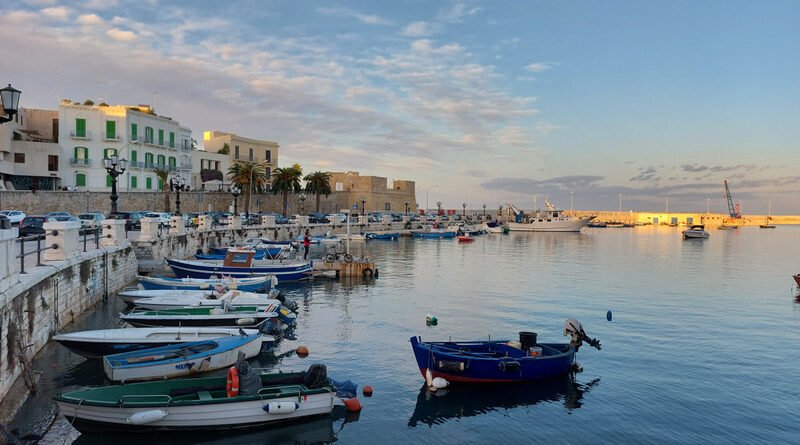

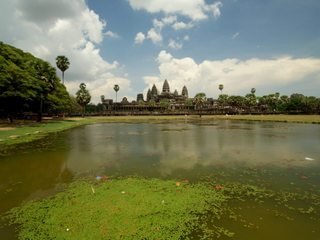
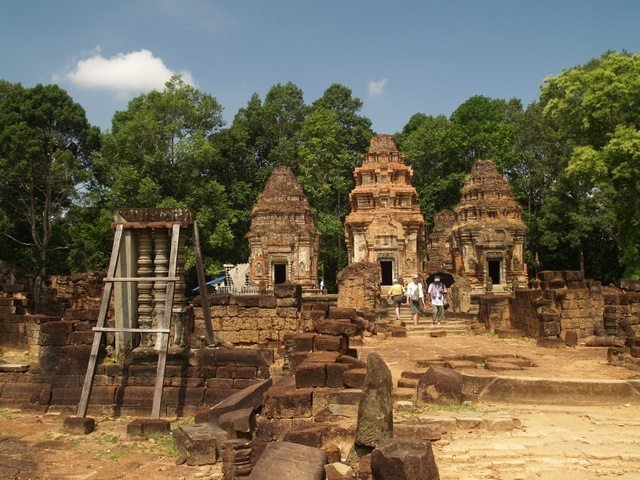

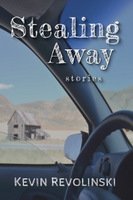 ORDER YOUR COPY TODAY!
ORDER YOUR COPY TODAY!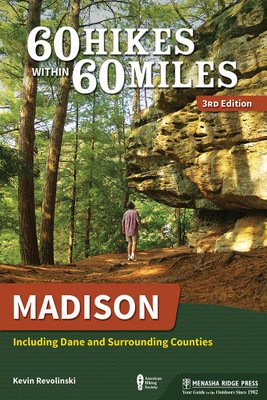 ORDER YOUR COPY TODAY!
ORDER YOUR COPY TODAY!